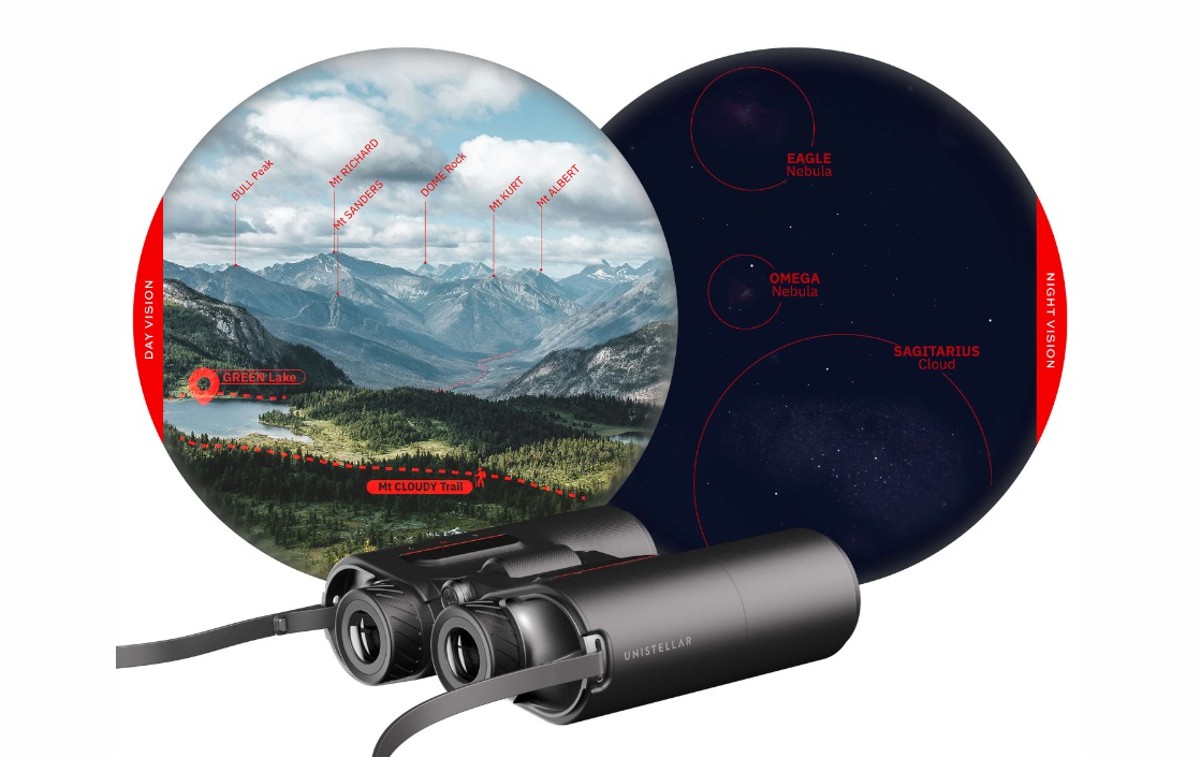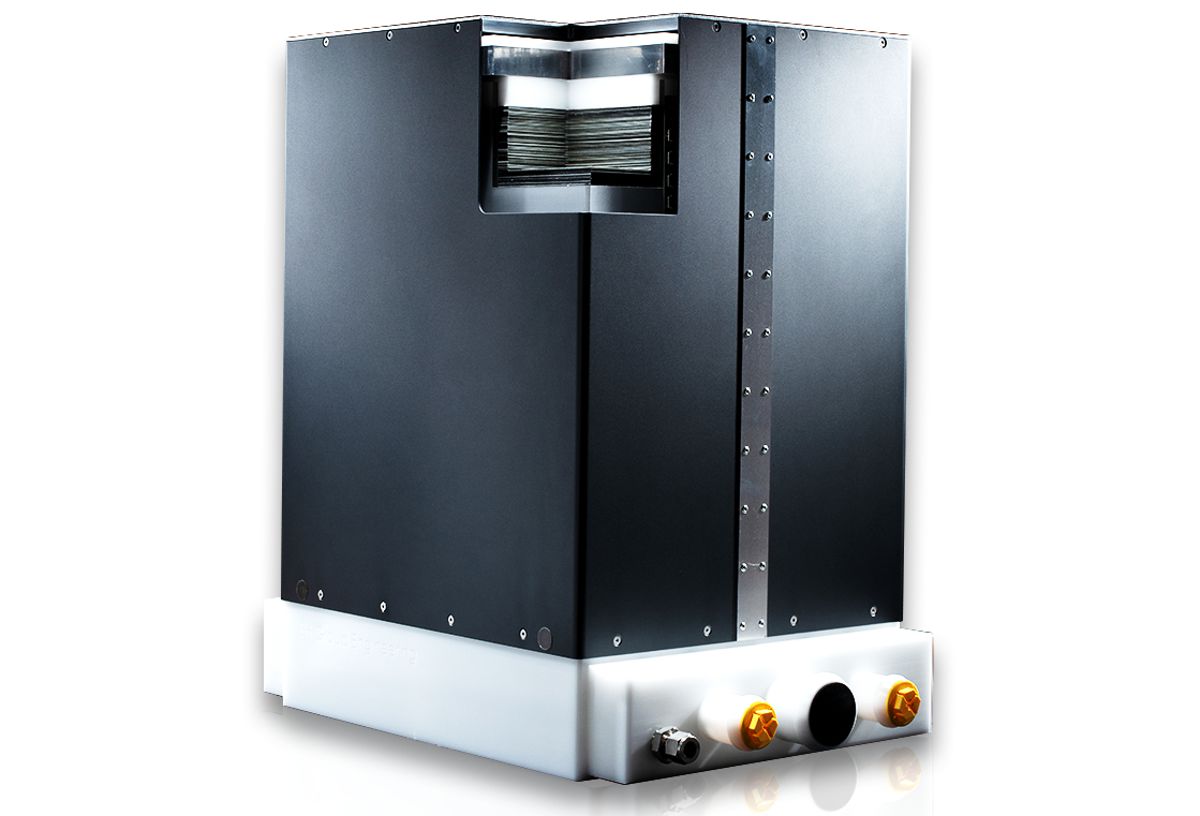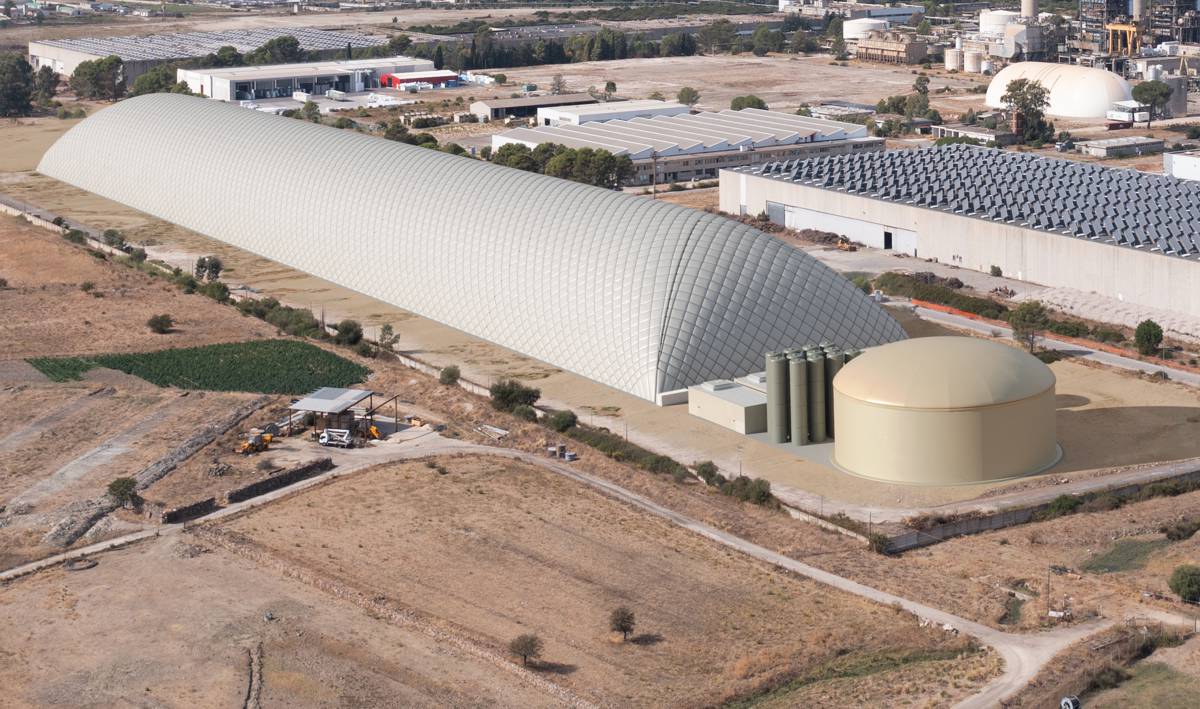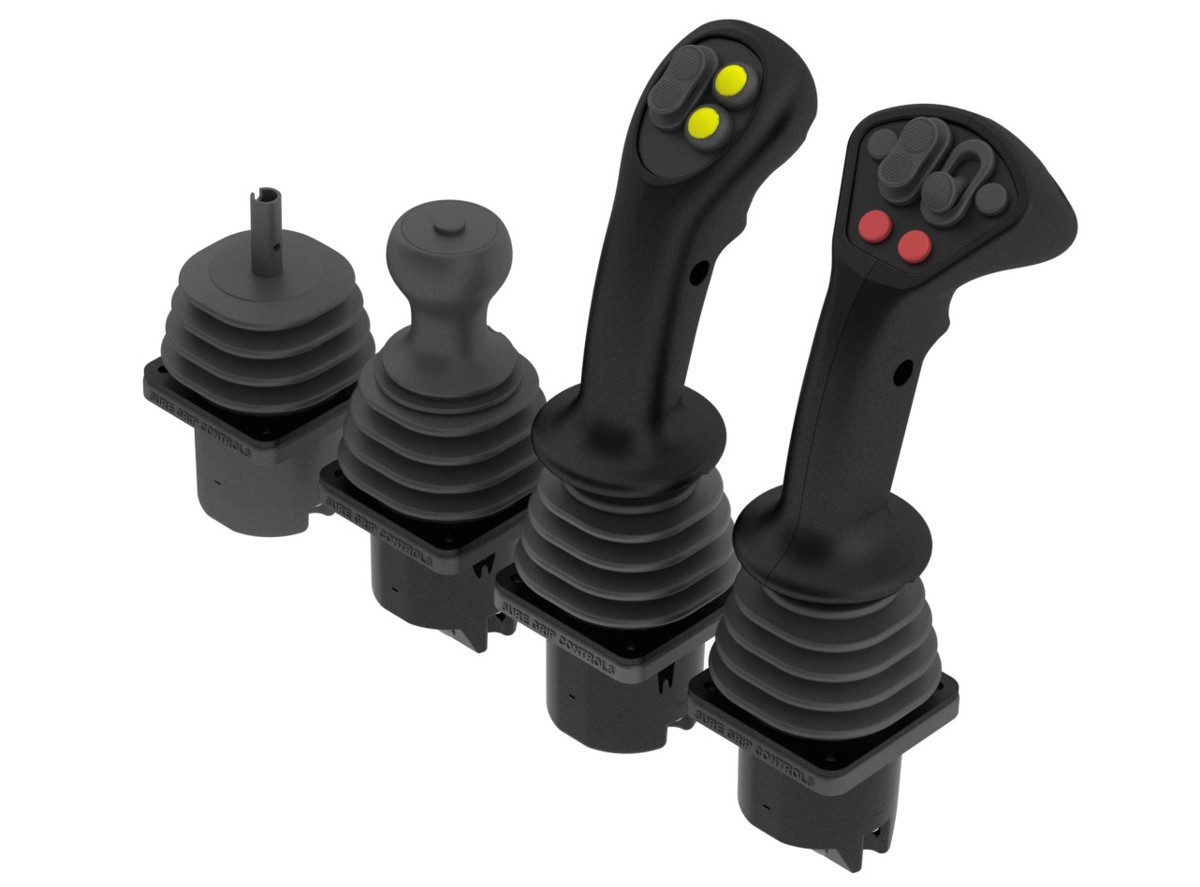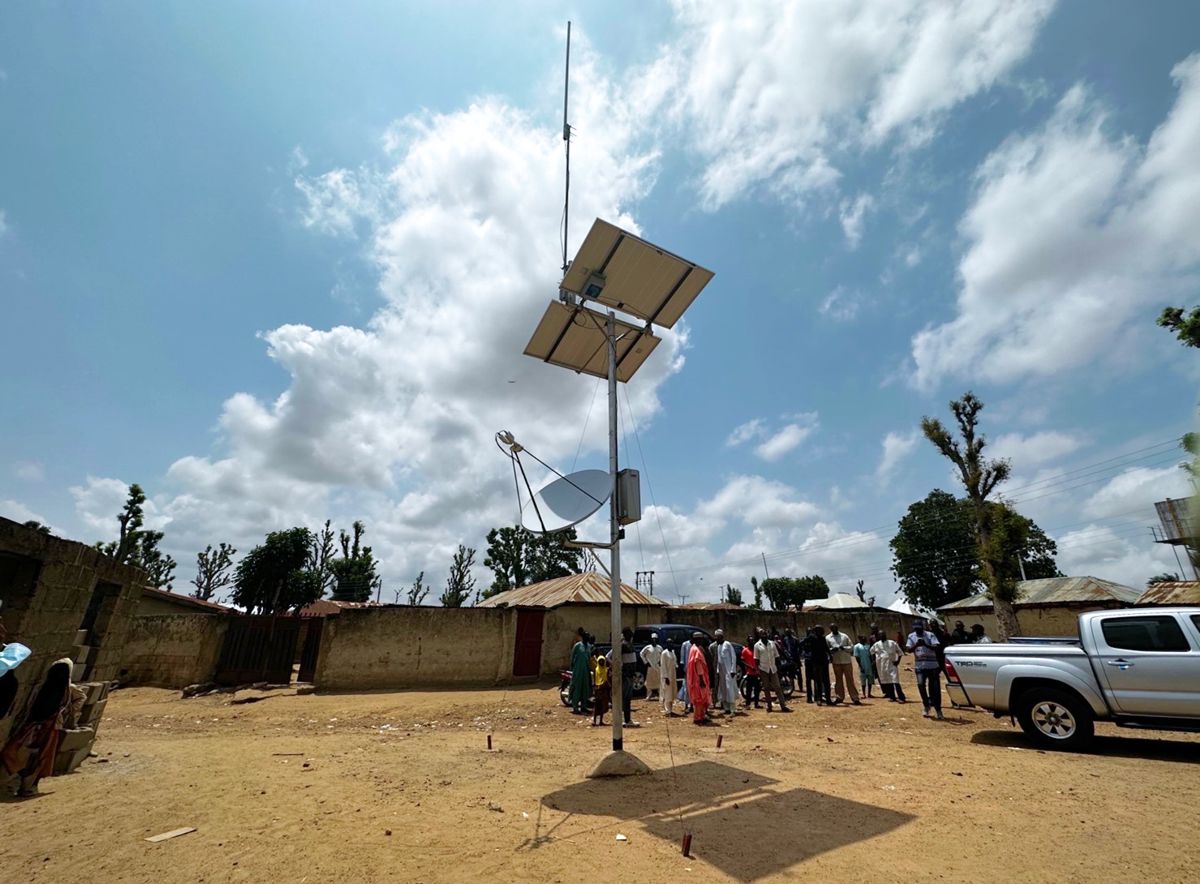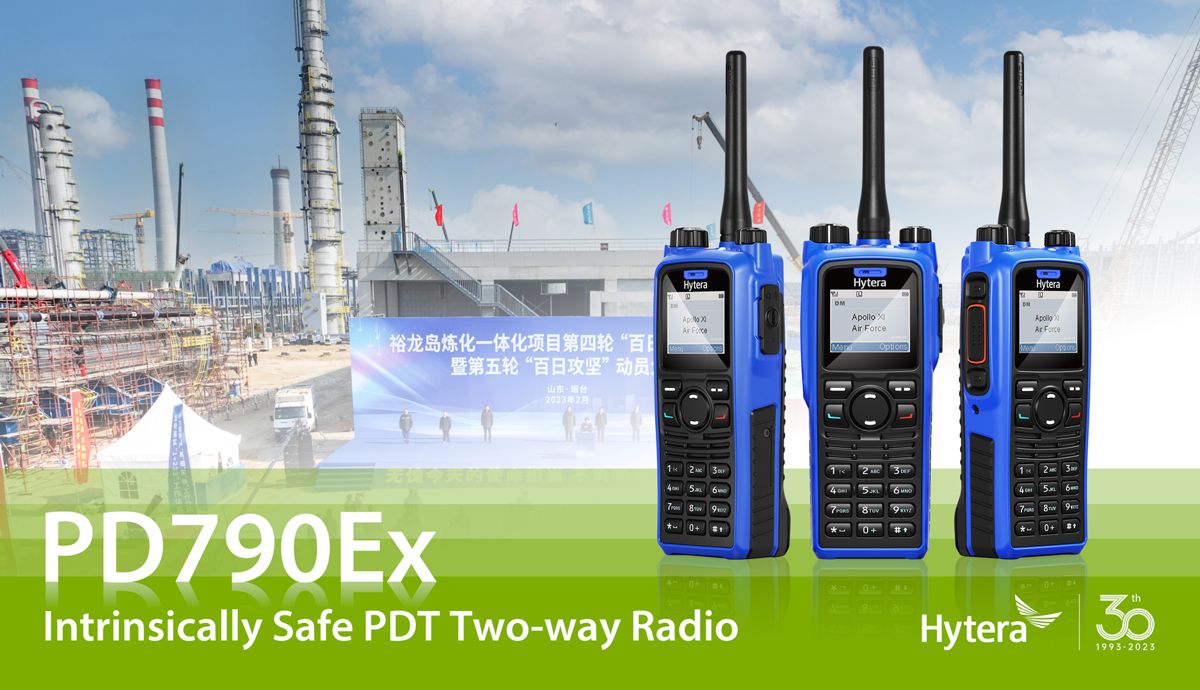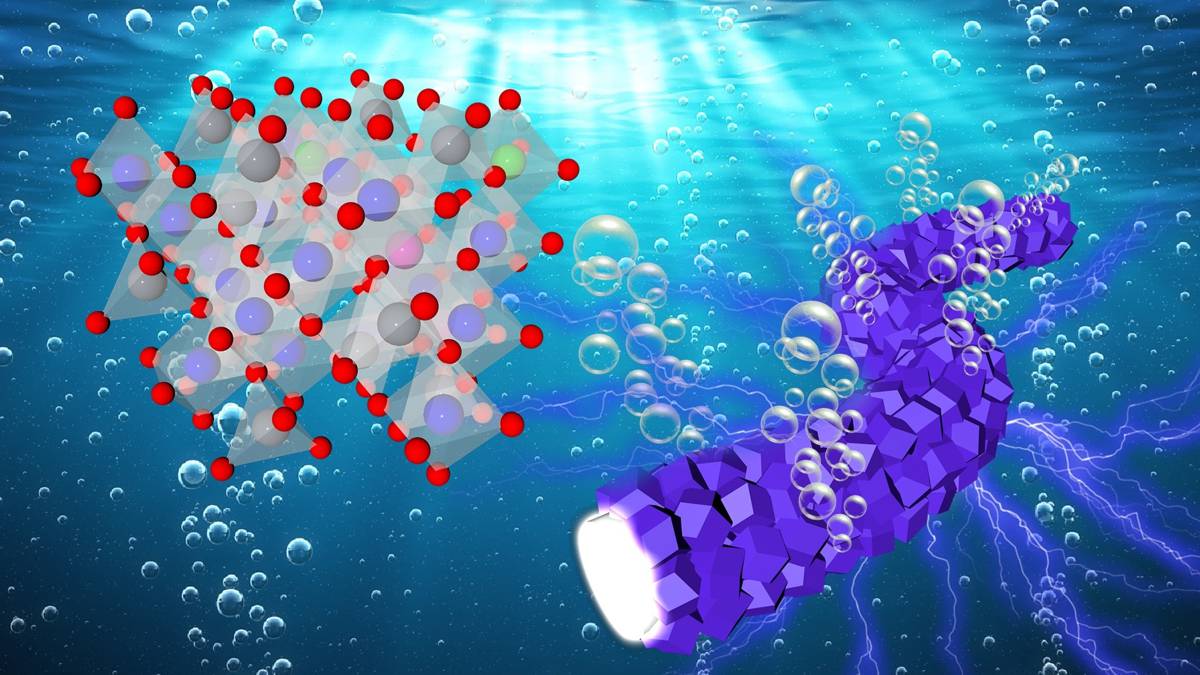Setting up and managing a wireless vehicle detection system
Compared to traditional inductive loops, wireless vehicle detection sensors are much quicker to install, the system negates the need for costly ducting and trenching and keeps the road surface more durable.
With the Clearview system now coming with an improved five-year warranty package we thought it would be good to explain how their constituent parts of the system work together and how to configure it for various applications.
First, the parts that make up the whole system.
System components
M100 Sensor – The wireless vehicle detection sensor contains magnetometers equipped with a low power secure radio transmitter suitable for in-road mounting. Sensors can be installed just below the road surface at 65mm or to a depth of 165mm enabling future road resurfacing to take place without the need to remove and redeploy the sensor.
M110 Access Point – The M110 access point maintains two-way communications with M100 sensors and M115 repeater units. It receives and processes detection data from M100 sensors, forwarding this onto the controller unit whilst transmitting a message acknowledgment back to the sensor.
M115 Repeater Units – In cases where one or more M100 sensors are installed out of range of the nearest access point (over 35 metres), M115 repeater units can be used to provide a two-way relay, extending the range and coverage between the sensors and the access point. There are three variants of repeater unit, see below for comparison.

M115 Repeater Unit Antennas – Antennas are available to extend the range of the M115 solar repeater to cover a greater field of vision. Available as short and long range, use of an antenna provides additional flexibility for applications such as MIDAS, queue protection or complicated junction layout.
M100BR Bicycle ‘Radar’ Sensor – For areas where cyclist traffic is prevalent, M100BR sensors can be added to the system ensuring visibility and inclusion of cycling traffic demand into the traffic signal control.
Interface Cards
Three interface cards are available, depending on the application the system is used for:
M120 Interface Card – this is traffic light controller independent to ensure compatibility, sending vehicle detection information directly to the traffic junction controller.
M150 MIDAS outstation interface card – a manufacturer agnostic interface card installed within the MIDAS outstation to translate sensor detection data from an M110 access point.
M160 Queue Protection card – the new M160 card receives sensor detection information from the M110 Access Point and outputs contact closure using user-defined thresholds to detect queuing traffic.
System applications
As suggested by the above interface cards, the wireless detection system has can be applied to various situations on your network.
When wireless vehicle detection was introduced to the UK in 2009, it was deployed to enable adaptive signal control (ATC) systems including SCOOT and MOVA. The diagram below illustrates how the components work together in such applications.
The M100 Wireless Vehicle Detection system is compliant with Highways England standard MCH1529 for use in MIDAS systems. When used to support MIDAS, the M100 system provides significant safety benefits to roadworkers by drastically reducing the time spent in the carriageway compared to an inductive loop installation.
Most recently Clearview has utilised this technology in road safety and queue protection schemes. The M100 system has the functionality to alert drivers to a vehicle turning onto the road ahead or if they are approaching a queue. Sharing such information with motorists via variable message signs allows them to approach potential hazards with the appropriate care and reduces the likelihood of an accident occurring.
All components of this simple, flexible vehicle detection solution are provided with a new longer five-year warranty as standard.
Get in touch with Clearview Intelligence to find out more about the system and its applications.




